Wild chives (Allium schoenoprasum) are a perennial herb that belongs to the same genus as garlic, onions, and leeks. Wild chives are often found growing in grassy areas, meadows, roadsides and along the edges of forests. They are also cultivated as a culinary herb and used in various dishes for their mild onion flavor.
What are some other names for wild chives?
Wild chives are a species of perennial herb in the family Amaryllidaceae are known by various names in different regions and languages. Some of the alternative names for wild chives include:
- Chives: The term “chives” is often used interchangeably to refer to both the wild and cultivated forms of Allium schoenoprasum.
- Common Chives: This name distinguishes them from other types of chives, such as garlic chives.
- Garden Chives: Referring to the cultivated form of chives commonly grown in gardens.
- Rush Leek: This name emphasizes the slender, rush-like appearance of the leaves.
- Onion Chives: Emphasizing the mild onion flavor.
- Field Chives: Reflecting their natural habitat in fields and grassy areas.
How To Identify Wild Chives?
Here’s how to identify wild chives:
Habitat and Growing Conditions:
What Are You Foraging For Right Now?
We're thrilled to hear your ideas. What would you like to submit today? Feel free to share your thoughts and experiences with us.
- Wild chives often grow in grassy areas, meadows, and along the edges of forests.
- They prefer well-drained soils and areas with sunlight.
Appearance:
- Wild chives have slender, upright stems that can reach a height of about 12 to 20 inches (30 to 50 cm).
- The stems are typically hollow, which is a distinguishing feature.
Leaves:
- The leaves of wild chives are long, thin, and cylindrical.
- They have a grass-like appearance and a bright green color.
- The leaves arise directly from the ground or from small bulbs in clusters.
- The leaves emit a distinct onion or garlic smell when crushed.
Flowers:
- In late spring or early summer, wild chives produce clusters of small, star-shaped flowers.
- The flower heads are usually pink to lavender in color and are gathered in spherical umbels at the tips of the stems.
Smell:
- One of the most distinctive features of wild chives is their onion-like scent. The leaves release this scent when touched or crushed.
Seasonality:
- Wild chives tend to grow and bloom in the spring and early summer months.
Cultivated Chives:
- Cultivated chives are a milder version of wild chives, often with slightly larger leaves. They are commonly grown in herb gardens.
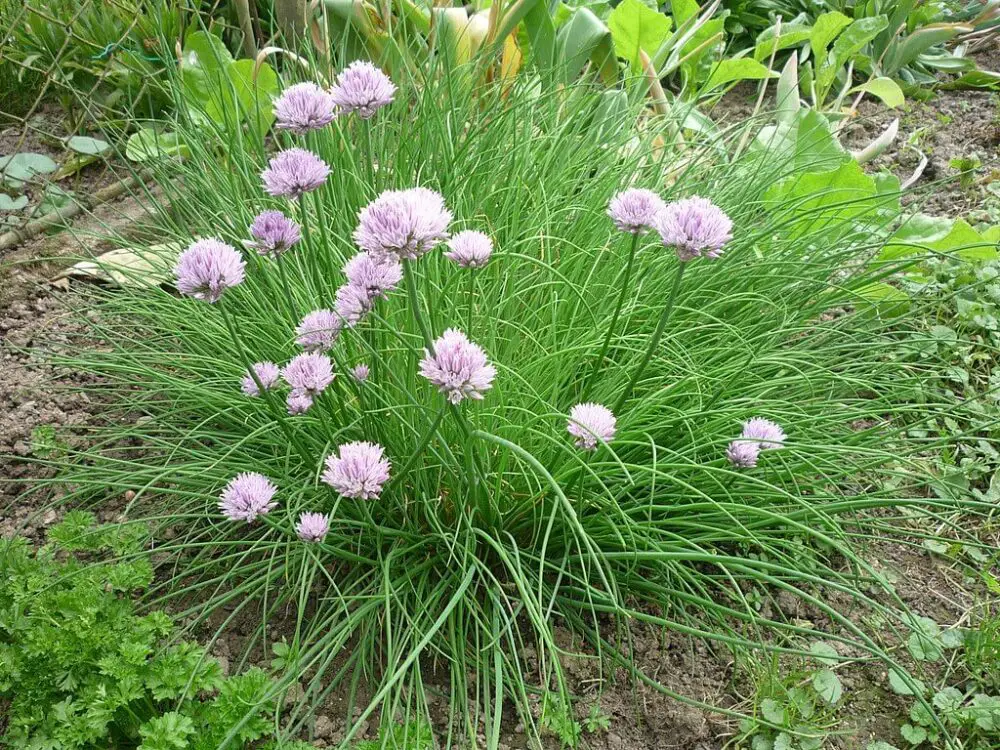
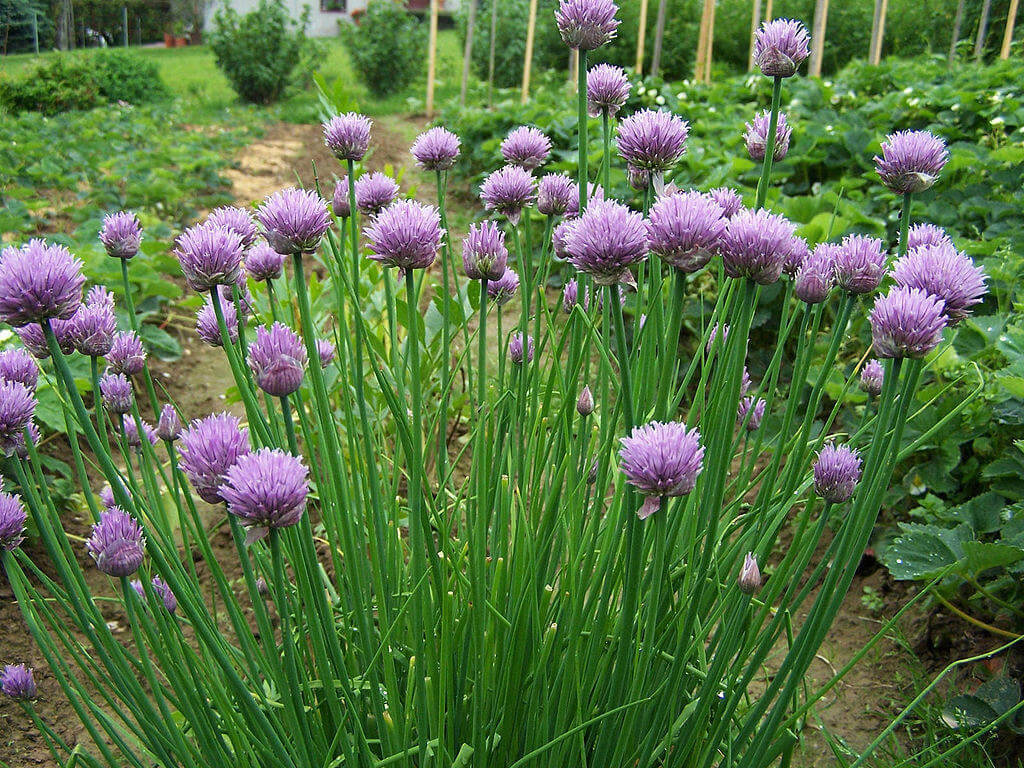
What is the difference between wild chives and garlic chives?
While both wild chives and garlic chives (Allium tuberosum) belong to the Allium family and have a grassy appearance with similar flowering habits, they differ in terms of leaf shape, flavor, and culinary applications.
Garlic chives produce white, star-shaped flowers and have a flat, strap-like leaves that are broader than those of wild chives.
Wild chives have a mild onion flavor and are often used as a garnish, while garlic chives have a stronger garlic flavor and are more common in Asian cooking.
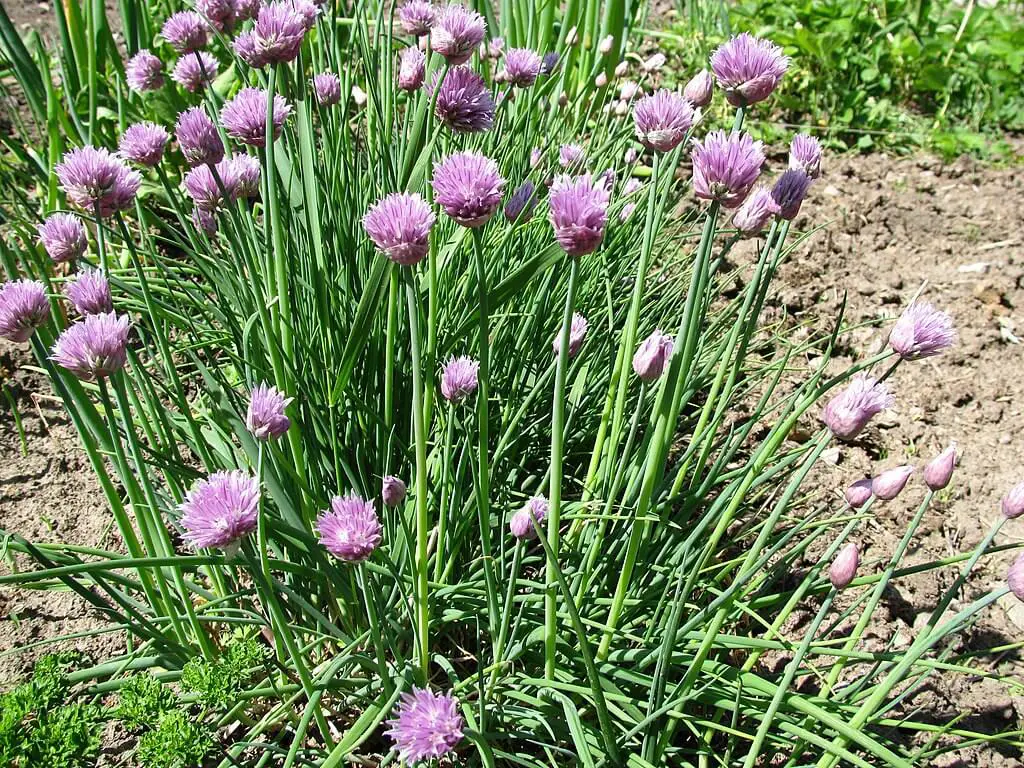
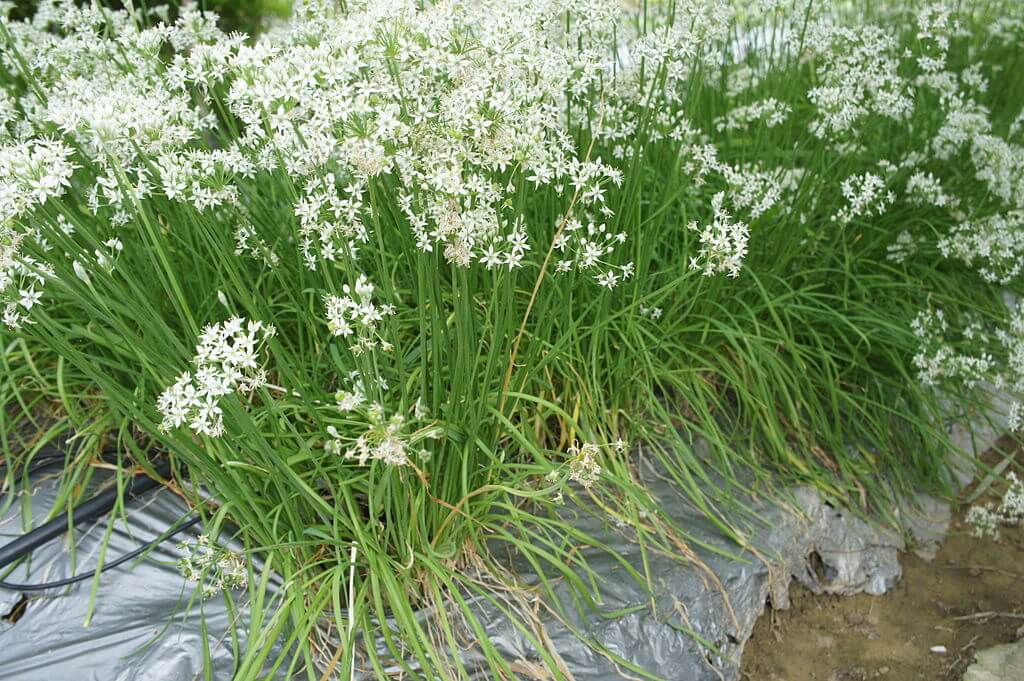
How can you tell the difference between wild chives and a wild onion?
Distinguishing between wild chives and wild onions (various Allium species such as ramps, Canada onions, or swamp onions), can be a bit tricky since both belong to the Allium genus and share some visual similarities. However, there are some key differences that can help you tell them apart:
- The leaves of wild chives are long, thin, and cylindrical, resembling grass blades. They are hollow and emit a mild onion or chive scent when crushed. The leaves of wild onions are also long and slender, but they are often round in cross-section (not hollow like chives).
- The leaves of wild onions emit a stronger onion or garlic scent when crushed. The scent is generally more pungent than that of chives.
- Wild onions produce bulbs that are often clustered, and these bulbs can vary in size and shape depending on the specific species.

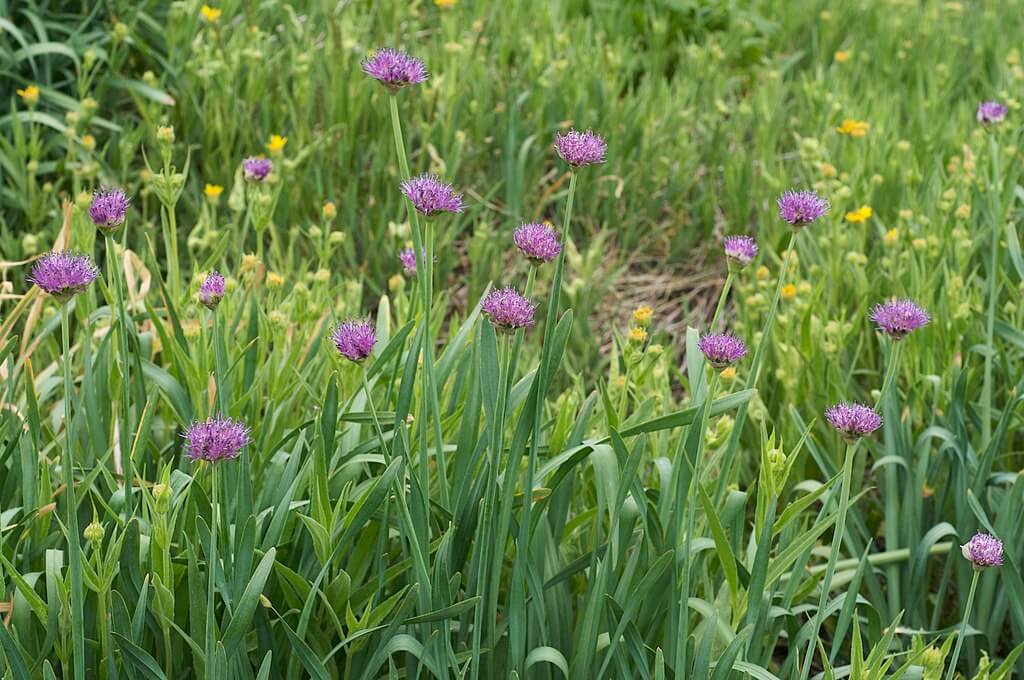

What is the difference between wild chives and regular chives?
In essence, both wild chives and regular chives belong to the same species (Allium schoenoprasum), but their growth environments and, to some extent, their characteristics can differ. Cultivated chives have a milder flavor and larger leaves.
Wild chives are the “original” form of the plant found in its natural habitat, while regular chives have been cultivated for specific culinary and ornamental qualities.
Is it safe to eat wild chives?
Yes, it’s safe to eat wild chives, as they are closely related to the cultivated chives commonly used in cooking.
While the leaves and flowers of wild chives are commonly consumed, the bulbs of wild chives are generally not eaten. They are not as flavorful or as fleshy as those of cultivated onions or garlic.
The leaves and flowers can be used as a garnish, seasoning, or ingredient in a wide range of culinary creations. They add a touch of freshness and a gentle onion note to salads, soups, sauces, dips, omelets, and more.
What do wild chives taste like?
Wild chives have a mild and delicate onion flavor. The taste is not as strong as that of mature onions or garlic, but it still carries a pleasant hint of onion-like sharpness.
This mild flavor profile makes wild chives a versatile herb that can be used to enhance a variety of dishes without overwhelming other flavors.
What are wild chives used for?
Here are some ways we like to use this edible plant when cooking:
- Garnish: Wild chives are often used as a garnish to add a touch of color, flavor, and visual appeal to a wide range of dishes, including soups, salads, and appetizers.
- Seasoning: Chopped or minced wild chives can be used as a seasoning to add a subtle onion flavor to cooked dishes, sauces, dressings, and dips.
- Omelets and Scrambles: Adding chopped wild chives to omelets, scrambled eggs, and frittatas enhances their flavor and appearance.
- Potatoes: Wild chives complement potato dishes well. They can be sprinkled on top of baked potatoes, mashed potatoes, or potato salads.
- Cream Cheese and Spreads: Mixing chopped wild chives into cream cheese, butter, or other spreads creates a flavorful condiment for bread, bagels, or crackers.
- Pasta and Rice: Wild chives can be stirred into pasta dishes, risottos, and rice pilafs for an added layer of flavor.
- Sauces and Dressings: Incorporating minced wild chives into sauces, vinaigrettes, and marinades adds a mild onion note to your culinary creations.
- Vegetable Dishes: Enhance the flavor of cooked or steamed vegetables by tossing them with chopped wild chives before serving.
- Seafood: Wild chives pair well with seafood, such as sprinkling them on grilled fish or adding them to seafood salads.
- Baking: You can experiment by adding minced wild chives to savory baked goods like biscuits, muffins, and scones for a unique flavor twist.
- Infused Oils and Vinegars: Wild chives can be infused into oils or vinegars to create flavorful bases for dressings and marinades.
- Flower Garnish: The delicate, edible flowers of wild chives can be used as a garnish for various dishes, adding both visual appeal and a mild onion flavor.

Poisonous Plants that Look Like Wild chives
Here are a few lookalike plants that might resemble wild chives but are not safe for consumption:
- Death Camas (Toxicoscordion spp.): Death camas is a group of plants that belong to the lily family. They can be mistaken for wild chives due to their similar appearance, but they are highly toxic. Death camas plants often have grass-like leaves and produce clusters of white or cream-colored flowers. One key distinguishing feature is the lack of onion scent in death camas.
- Star of Bethlehem (Ornithogalum spp.): Star of Bethlehem is another lily family plant that might resemble wild chives. It has grass-like leaves and produces star-shaped white flowers. However, it is toxic if ingested and doesn’t have the characteristic onion smell.
- Autumn Crocus (Colchicum autumnale): While not typically mistaken for chives due to their different flowering time, autumn crocus can sometimes be confused with wild garlic (which is related to chives). Autumn crocus is toxic if consumed and has purple or pink flowers.
- Bluebell (Hyacinthoides spp.): Bluebells are known for their bell-shaped blue or purple flowers and grass-like leaves. While not likely to be mistaken for chives due to their flower color, it’s important to avoid consuming them, as they can be toxic.
- Young Daffodil (Narcissus spp.): Young daffodil shoots can resemble chive shoots due to their narrow, green leaves. However, daffodils contain toxic compounds and should not be eaten.
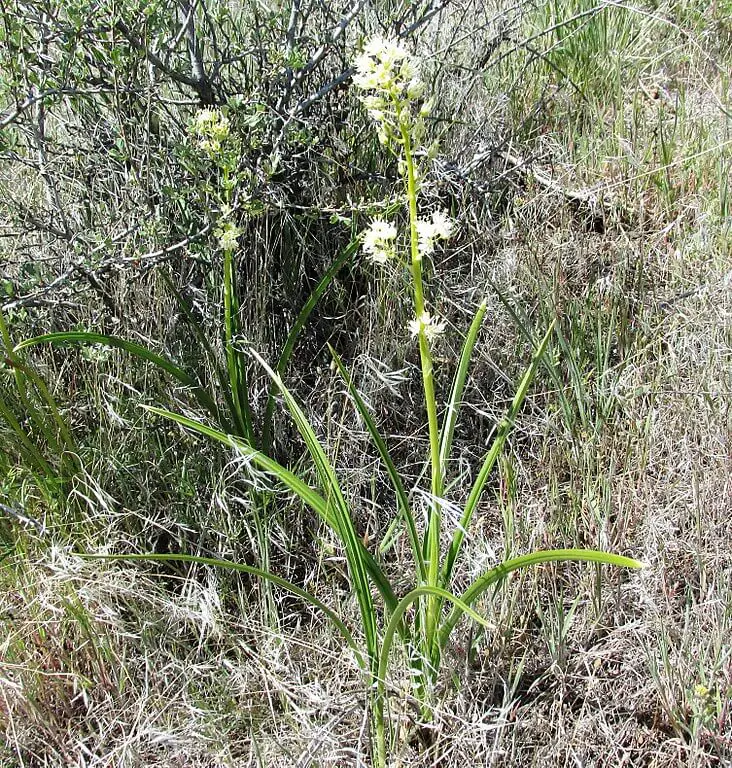
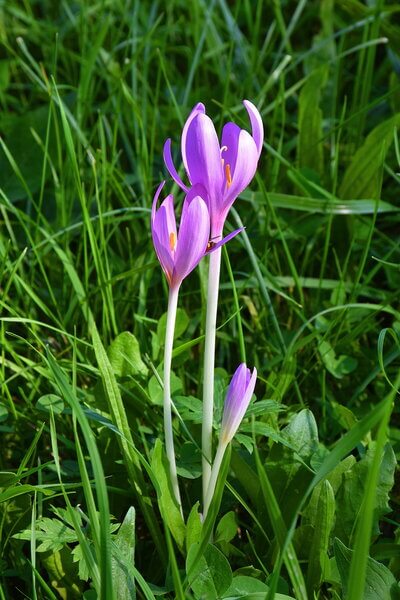

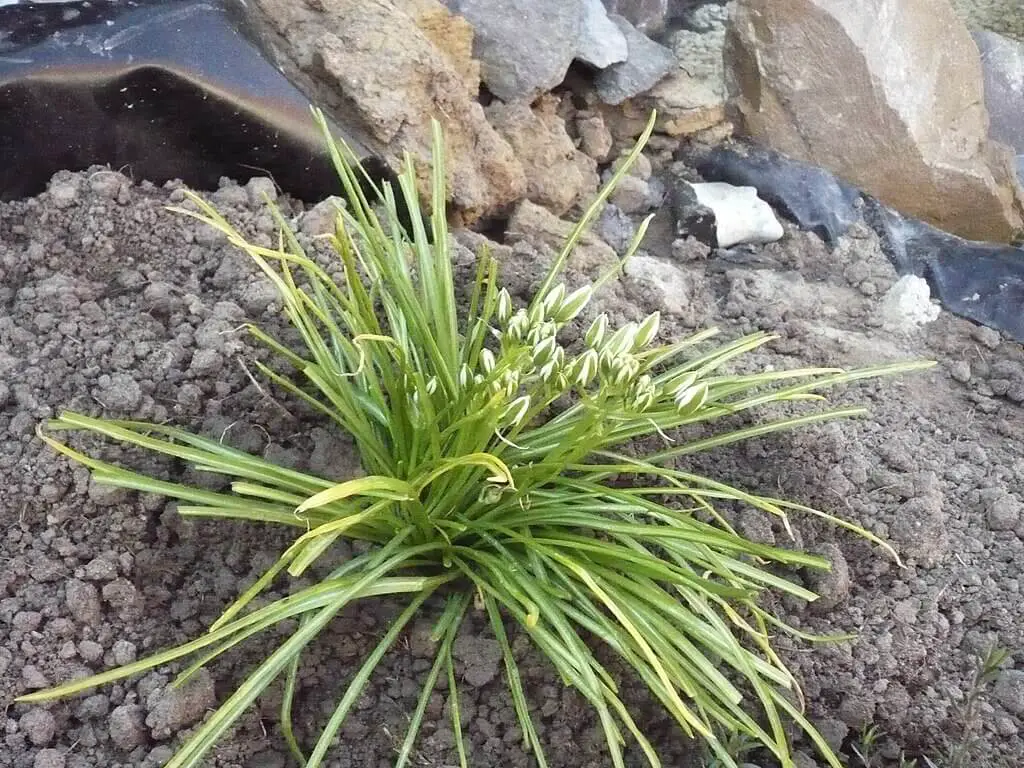
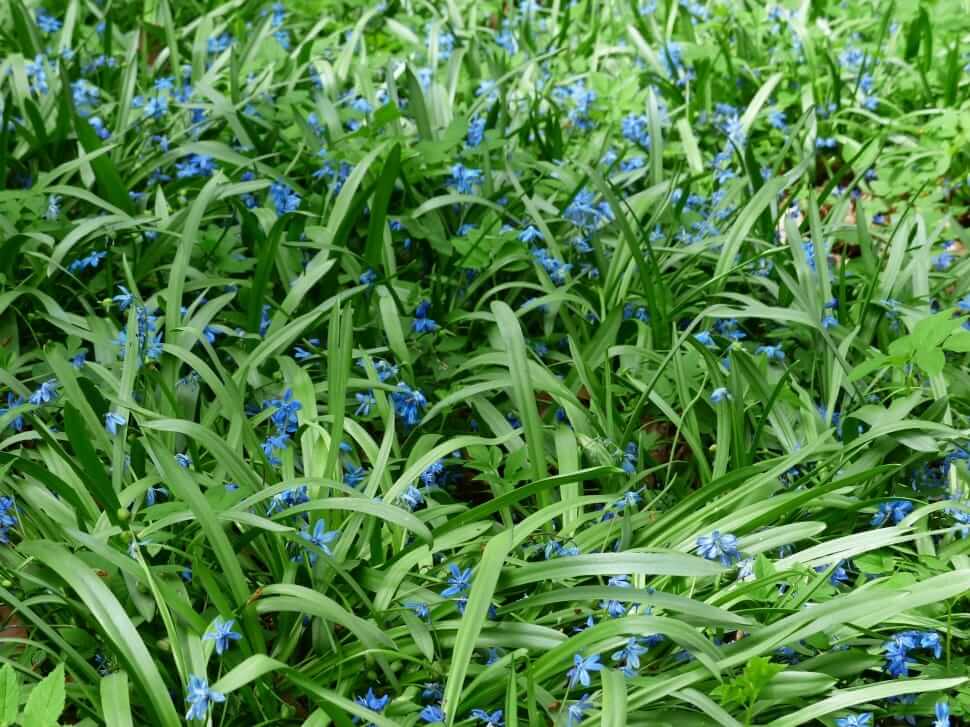
Foraging for Wild Chives
As a general guideline, wild chives can typically be found in USDA hardiness zones 3 through 9. They are native to Europe, Asia, and North America.
Where to forage
- Northeastern United States: States in the Northeast, including New York, Pennsylvania, Massachusetts, Vermont, and Maine, often have suitable habitats for wild chives. Woodland edges, meadows, and grassy areas can be productive for foraging.
- Midwestern United States: States in the Midwest, such as Illinois, Wisconsin, Michigan, and Ohio, have diverse ecosystems where wild chives might thrive. Look for them in fields, open spaces, and around woodland borders.
- Pacific Northwest: States like Washington and Oregon in the Pacific Northwest are known for their rich plant biodiversity. Wild chives can often be found in meadows, grasslands, and along the edges of forests.
- Rocky Mountains: Regions around the Rocky Mountains, including Colorado, Montana, and Wyoming, can provide suitable environments for wild chives. Look for them in open areas with full sun.
- Appalachian Mountains: The Appalachian Mountain range, spanning states like West Virginia, Virginia, Tennessee, and North Carolina, offers various habitats where wild chives may grow.
- Southern United States: Some parts of the South, particularly in areas with temperate climates, might also have wild chives. Look for them in open fields and woodland borders.
When to forage
The best time to forage for wild chives is during their growing season, which is typically in the spring and early summer. This is when you’re more likely to find them in bloom and at their peak for harvesting.
What to read next: A forager’s Guide To Yellow Dock
Ana has always been interested in all things nature and flora. With her expertise in home gardening and interest in foraging, she has been spending her weekends and free time looking for edible native plants, flowers, and fungi. One of her many hobbies includes testing new savory and sweet recipes, juices or teas made from freshly picked plants, wild fruits, or mushrooms.

